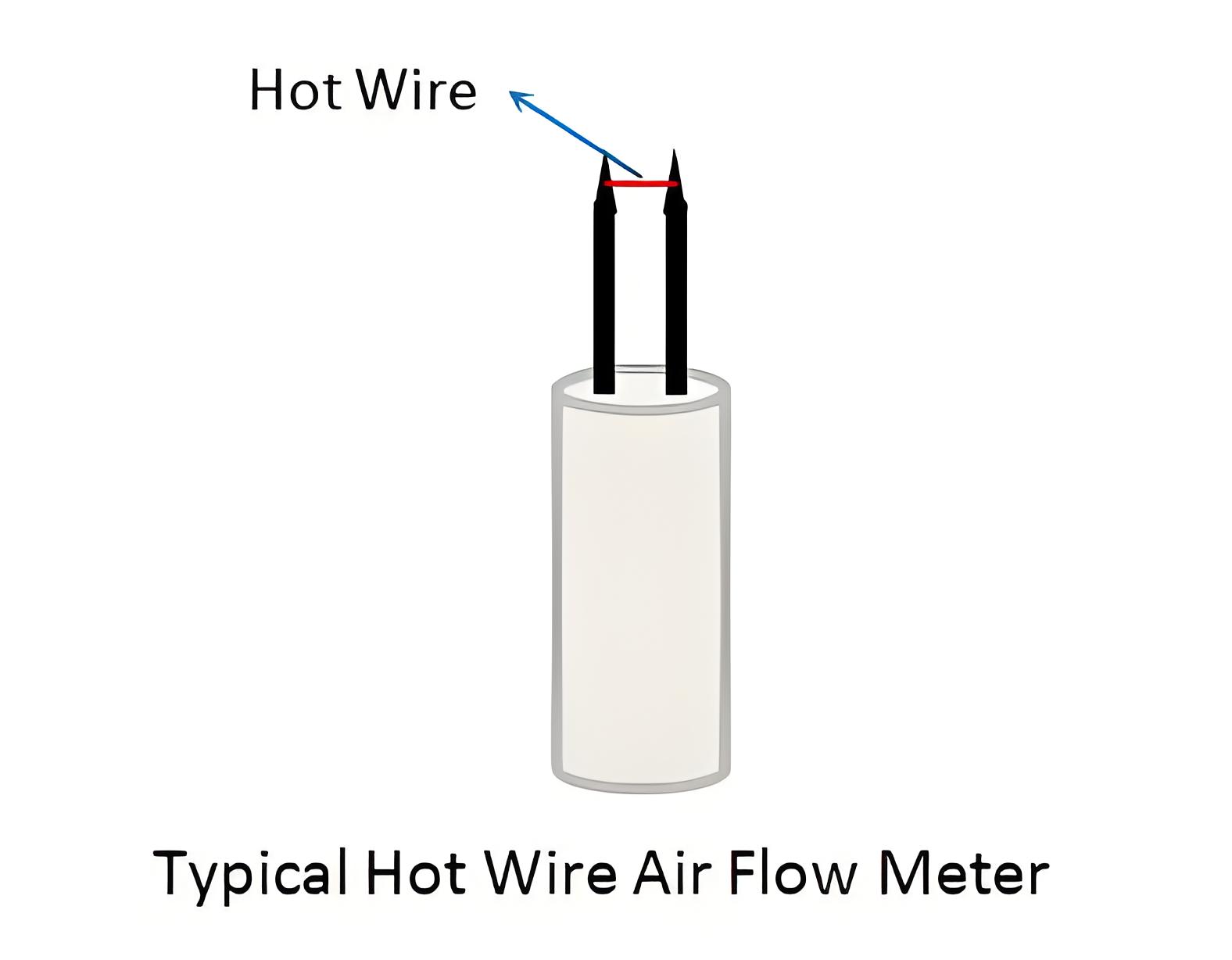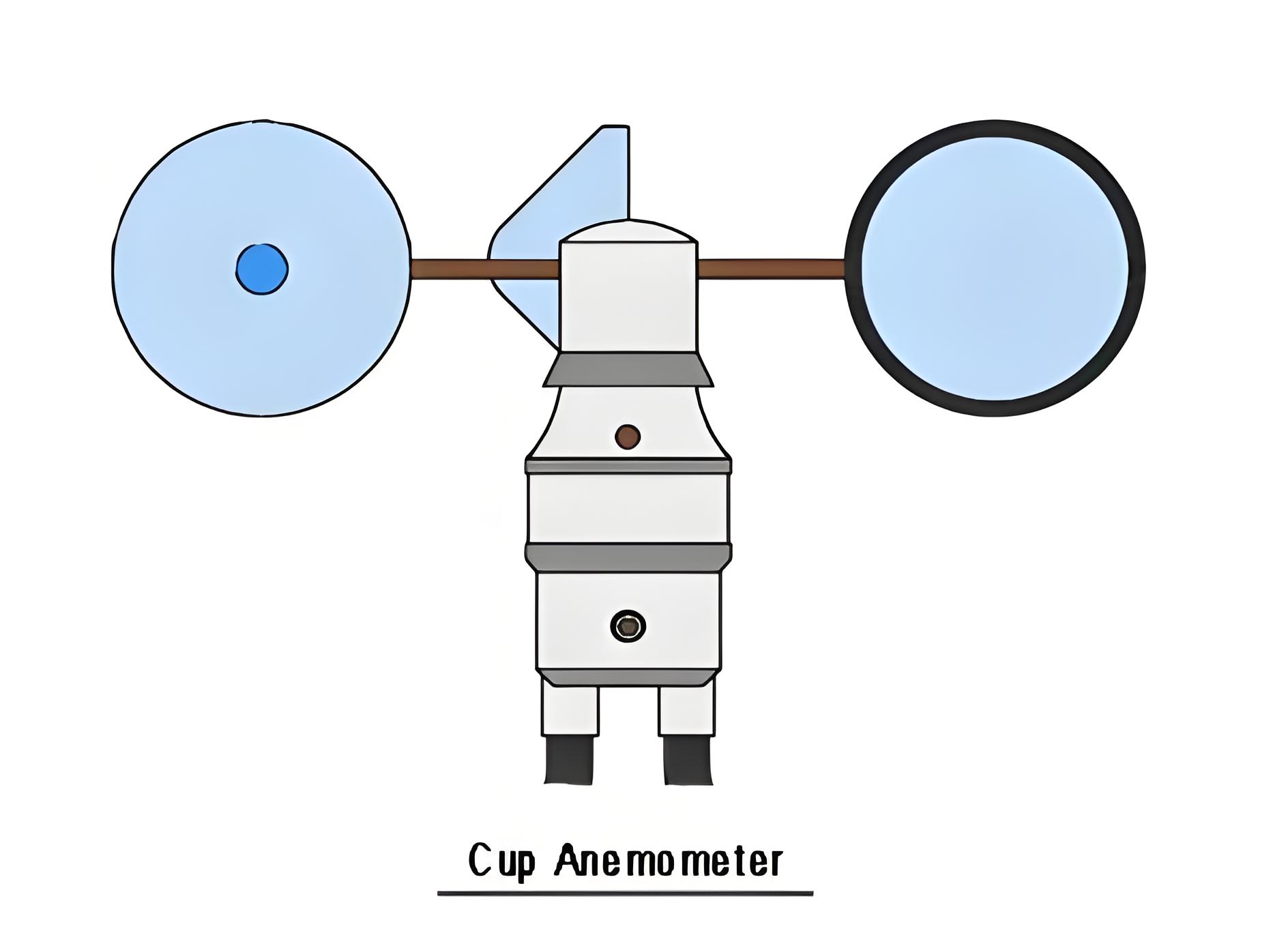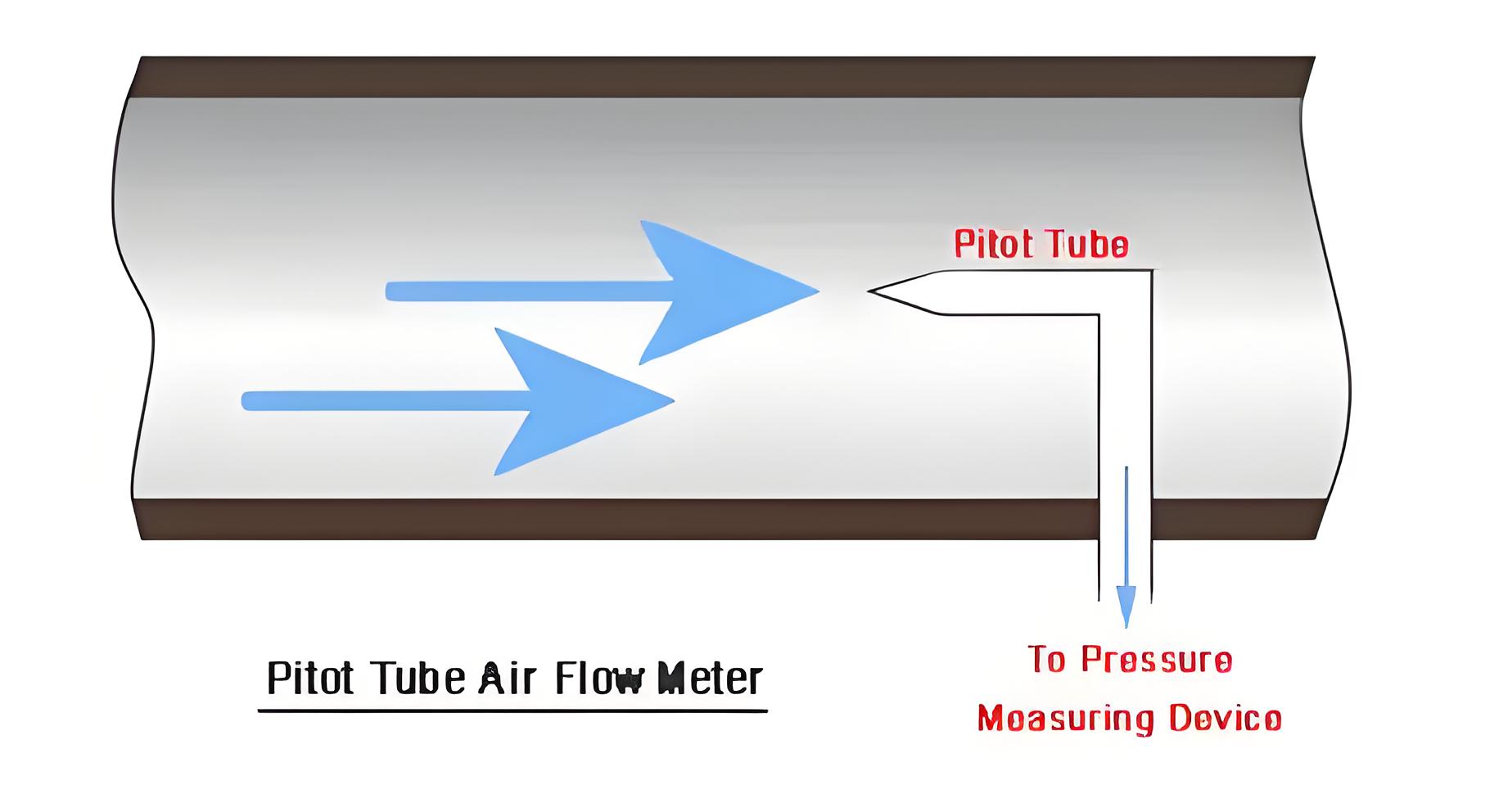What is an Air Flow Meter Sensor?
What is an Air Flow Meter Sensor?
Air Flow Meter Definition
An air flow meter is defined as a device that measures the rate of air flow in a duct or pipe. The rate of airflow is also known as the velocity or volume of air. Air flow meters can also measure the pressure and direction of airflow, which are important parameters for some applications.
Air flow meters sense air movement using various principles and convert it into an electrical signal. This signal can be displayed, recorded, or sent to a controller or computer for analysis.
Types of Air Flow Meters
Hot Wire Air Flow Meter
A hot wire air flow meter uses a heated wire or filament to measure the rate of airflow. The wire is placed in the path of the air stream and heated to a constant temperature. As the air flows past the wire, it cools it down and reduces its electrical resistance. The change in resistance is proportional to the rate of airflow.
Hot wire air flow meters are sensitive and accurate, especially for low and variable air flows, and can measure both turbulent and laminar flows. However, they are prone to contamination by dust, moisture, and corrosive gases, requiring frequent calibration and maintenance.

Vane Air Flow Meter
A vane air flow meter uses a spring-loaded vane or flap to measure the rate of airflow. The vane is mounted on a shaft and positioned perpendicular to the direction of the air stream. As the air flows past the vane, it pushes it away from its resting position and rotates the shaft. The angle of rotation is proportional to the rate of airflow.
Vane air flow meters are simple, robust devices that measure high and steady air flows and can withstand dust, moisture, and corrosive gases. However, they are less accurate for low and variable air flows and can cause pressure drops and turbulence in the duct or pipe.
Cup Anemometer
A cup anemometer uses a set of cups mounted on a vertical shaft to measure the speed of wind or airflow. The cups are arranged in a horizontal plane and face different directions. As the wind blows past the cups, it causes them to rotate around the shaft. The speed of rotation is proportional to the speed of wind or airflow.
Cup anemometers are widely used for meteorological purposes to measure wind speed and direction. They are also used for environmental monitoring and research. They are simple and durable devices that can measure high wind speeds. However, they are not very accurate for low wind speeds. They also have a slow response time and may be affected by friction and inertia.

Pitot Tube Air Flow Meter
A pitot tube air flow meter uses a bent tube to measure the pressure difference between two points in a duct or pipe. The tube has two openings: one facing the direction of the air stream (pitot opening) and one facing sideways (static opening). The pitot opening measures the total pressure (static plus dynamic) of the air stream, while the static opening measures only the static pressure. The difference between these two pressures is proportional to the square of the speed of airflow.
Pitot tube air flow meters are widely used for measuring high-speed air flows in aircraft, turbines, compressors, and fans. They are also used for industrial applications such as gas metering and leak detection. They are accurate and reliable devices that can measure turbulent and laminar flows. However, they create pressure drops and turbulence in the duct or pipe. They also require careful alignment and calibration.

Applications of Air Flow Meters
Air flow meters have various applications in different industries and sectors. Some of their applications are:
Air flow meters control the fuel-to-air ratio in combustion processes like boilers, furnaces, engines, and turbines. This ensures efficient ignition, stable flames, optimal heat transfer, reduced emissions, and extended equipment life.
Air flow meters are used to monitor ventilation systems in buildings, factories, mines, tunnels, hospitals, laboratories, clean rooms, etc. This ensures proper indoor air quality (IAQ), comfort, health, safety, energy efficiency, and compliance with standards.
Air flow meters are used to measure wind speed and direction for meteorological purposes such as weather forecasting, climate modeling, wind energy generation, etc. This helps understand atmospheric phenomena such as storms, hurricanes, tornadoes, and wind energy generation, which uses wind turbines to convert wind power into electricity for various purposes such as lighting, heating, cooling, and transportation.
Gas metering and leak detection, which use pitot tube air flow meters to measure the pressure and flow of gas in pipelines, storage tanks, and distribution networks.Environmental monitoring and research, which use cup anemometers to measure the wind speed and direction for studying air quality, pollution, climate change, and other phenomena.
Benefits of Air Flow Meters
Air flow meters have many benefits for different applications and industries. Some of the benefits are:
Air flow meters enhance combustion efficiency by ensuring the optimal fuel-to-air ratio, reducing fuel consumption, operating costs, and greenhouse gas emissions.
Air flow meters can enhance the safety and health of workers and occupants by monitoring ventilation systems and ensuring proper indoor air quality. This can prevent the accumulation of harmful gases, dust, moisture, and pathogens in the air.
Air flow meters can increase the reliability and durability of equipment and machinery by preventing overheating, corrosion, and wear. This can extend the service life and reduce maintenance costs of the equipment.
Air flow meters can provide accurate and reliable data for analysis and control of airflow processes. This can help optimize the design, operation, and management of the processes and improve their quality and productivity.
Conclusion
An air flow meter is a device that measures the rate, pressure, and direction of airflow in a duct or pipe. There are different types of airflow meters that use different principles and methods to sense the movement of air. Air flow meters have various applications in different industries and sectors, such as combustion, ventilation, wind energy, gas metering, and environmental monitoring. Air flow meters have many benefits for improving efficiency, safety, health, reliability, durability, data accuracy, and process optimization.
The Electricity Encyclopedia is dedicated to accelerating the dissemination and application of electricity knowledge and adding impetus to the development and innovation of the electricity industry.













